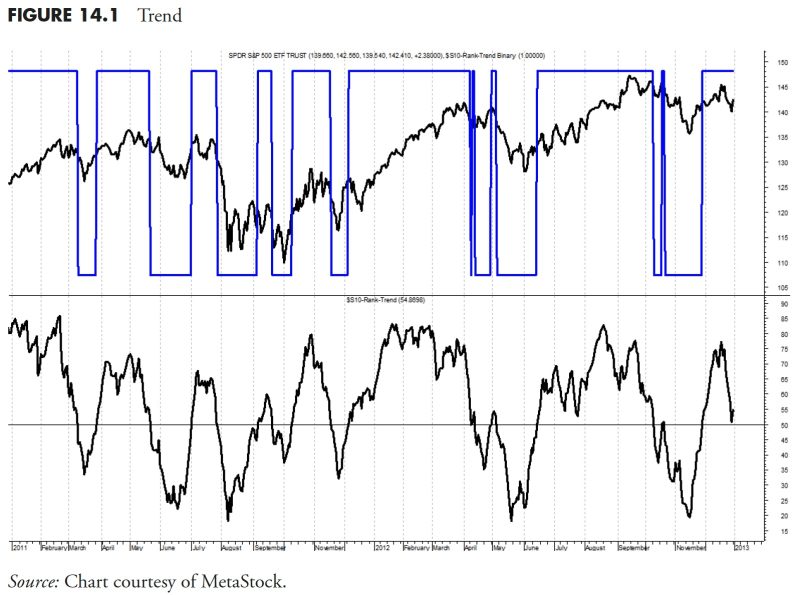
Mastering Money Management: Unveiling Security Ranking Secrets – Part 4
Part 4 of this series will dive deep into the different security ranking measures and explain how they tie into rules-based money management strategies. We will explore various ranking measures, their significance, and how they can be efficiently used to enhance financial performance by assessing the right options to invest in.
One of the most commonly used measures in security ranking is the Price/Earnings (P/E) Ratio. P/E ratio is a valuation ratio that compares the market price of a stock to its earnings per share. It’s a popular comparison measure that enables investors to gauge the relative value of a company’s shares in an apples-to-apples comparison. By incorporating the P/E ratio into your rules-based money management strategy, you can utilize a form of relative valuation and analyze potential opportunities in an objective, comparative way.
Another important ranking measure is Beta. Beta measures the volatility of an investment. It gauges the level of risk associated with an investment in comparison to the market as a whole. A beta greater than 1.0 suggests the security is more volatile than the market, while a beta less than 1.0 indicates the security’s price moves less than market. By utilizing beta in your money management strategy, you can effectively manage your risk levels by balancing your portfolio with a combination of high-beta and low-beta securities.
The Dividend Yield is a financial ratio that illustrates how much a company returns to the shareholders in dividends. It is obtained by dividing the annual dividend payment by the market price per share. Higher dividend yield may show a sign of a profitable investment, especially for income-focused investors. However, it’s imperative to consider other economic factors and not base the decision solely on a high yield.
Return on Equity (RoE) is another commonly used ranking measure. It shows the net income a company earns as a percentage of shareholders equity. RoE offers an idea about how efficiently a company is utilizing its equity to generate profits. A high RoE often indicates a well-managed company that’s worth investing in.
In a similar vein, The Price/Book (P/B) Ratio is used to compare a company’s market value to its book value. A low P/B ratio might signify that the company is undervalued, or it might also indicate something is gravely wrong with the company. Involve the P/B ratio in your rules-based money management system to put the company’s value into perspective.
The Debt to Equity Ratio (D/E) is used to measure how much debt a company is using to finance its assets relative to the value of shareholders’ equity. A high D/E ratio generally means that a company has been aggressive in financing its growth with debt, which can often result in volatile earnings due to the additional interest expense.
By adopting these measures into your rules-based money management strategy, you can simplify your decision-making process and make it more objective. They provide a well-rounded analysis of a company’s performance, helping you mitigate risks and allocate your assets more efficiently. However, a holistic approach is advised when using these measures to avoid overlooking crucial factors. Maintain a balanced view and consider all dimensions of your potential investment opportunities.
